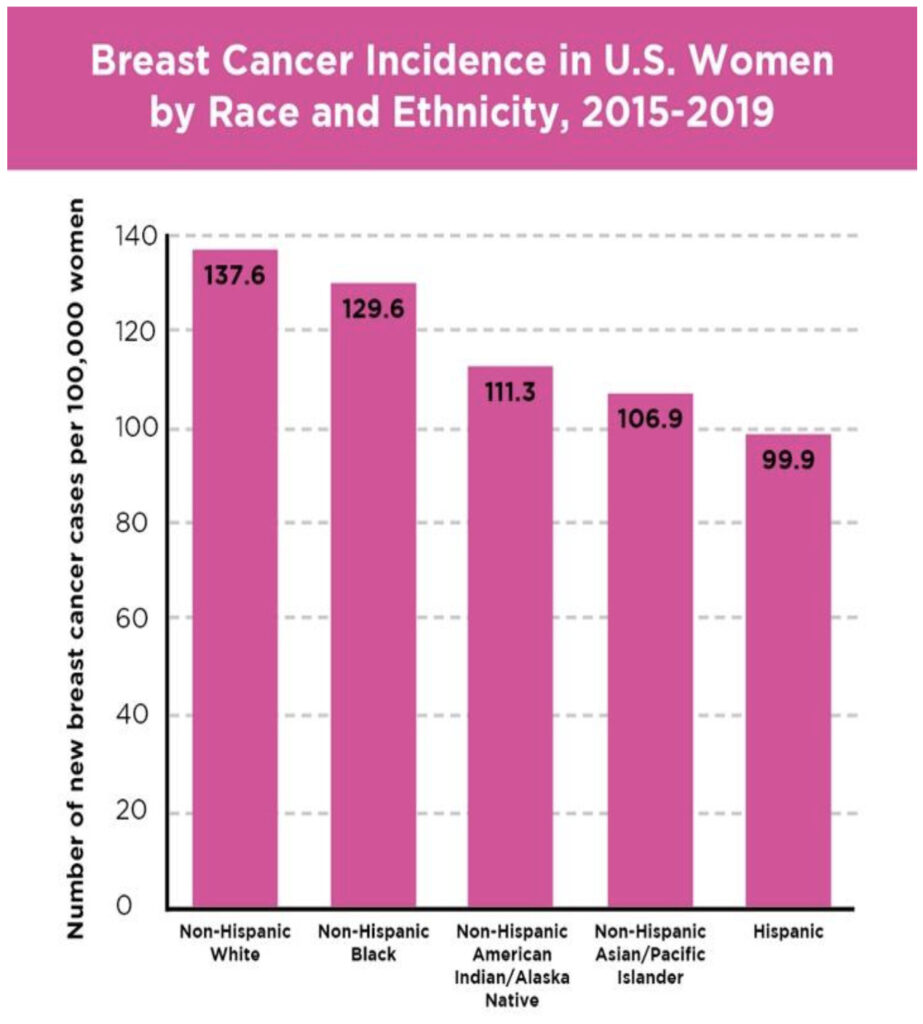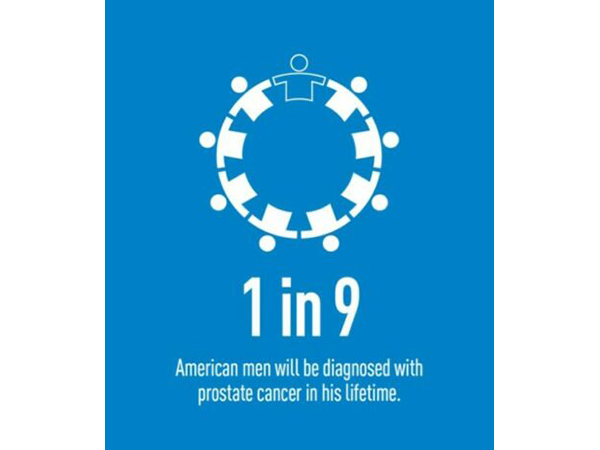
Breast cancer is far and away the most common invasive cancer in women in the United States, affecting about one in eight women. It can also occur in men but it’s rare.
How does Minnesota compare to our neighbors? Breast cancer incidence here is lower than Iowa and Wisconsin, about the same as North Dakota, and slightly higher than South Dakota. Mortality rates have been declining here since 1988, due to several factors, including earlier detection, better treatment options, and greater awareness of risk factors.
Radiation therapy is a reliable tool to fight cancer.
Radiation therapy – what we provide at MRO – is one of the oldest, most common, and most trusted treatments for breast cancer. Radiation therapy directs high-energy rays at cancer cells to kill them and stop them from reproducing. Over 60% of breast cancer patients receive radiation therapy.
Your doctor may also recommend radiation:
- After removing the tumor with surgery to assure that all the cancer cells have been eliminated.
- After surgery to lower the odds of the cancer returning.
- To treat some symptoms of advanced cancer.
An important advantage of radiation is that it’s targeted therapy. The advanced technology we use at MRO can be aimed at a specific area with incredible precision and accuracy, minimizing damage to surrounding tissue. This is particularly important for cancer in the left breast, just over the heart.
Radiation therapy may produce some side effects; the most common are fatigue and skin irritation. Your MRO care team will help you manage possible side effects.
Breast cancer by the numbers.
- Breast cancer accounts for over 30% of cancers diagnosed.
- The American Cancer Society estimates that there will be 5220 new cases in Minnesota this year.
- In general, the five-year survival rate for women with early-stage breast cancer in Minnesota is about 99%.
- A woman’s risk of breast cancer nearly doubles if she has a first-degree relative (mother, sister, daughter) diagnosed with breast cancer.

courtesy Susan G. Komen Foundation
![Race and ethnicity and lifetime risk of breast cancer Non-Hispanic White: 14% Non-Hispanic Black: 12% Non-Hispanic Asian and Pacific Islander: 12% Hispanic: 11% Non-Hispanic American Indian and Alaska Native: 10% Source: 2017-2019 SEER data, 2022 [334] *Ashkenazi Jewish women have a higher risk of breast cancer because of a higher rate of BRCA mutations.](https://mropa.com/wp-content/uploads/2023/04/Race-and-ethnicity-and-Lifetime-risk-of-breast-cancer-1024x473.png)


